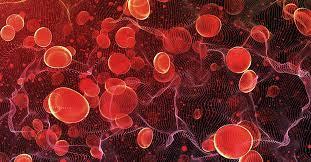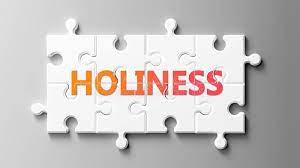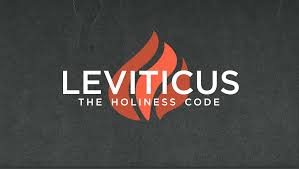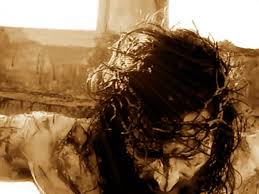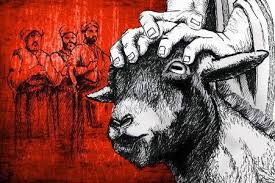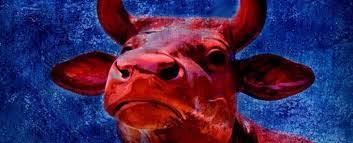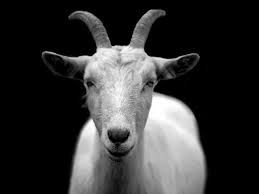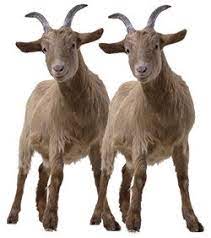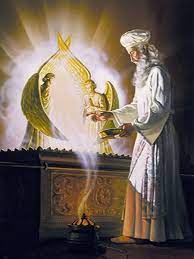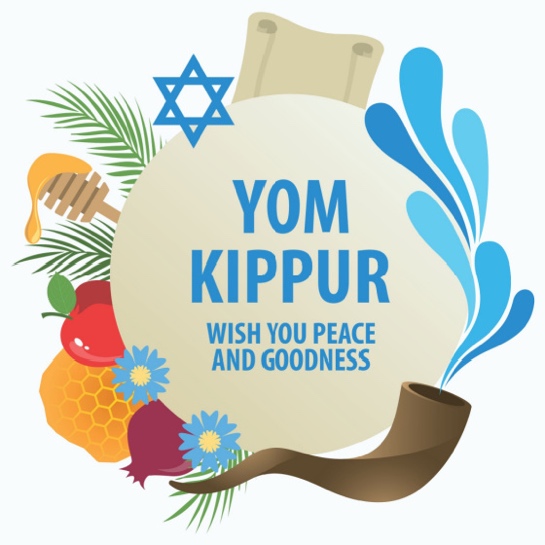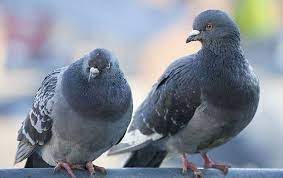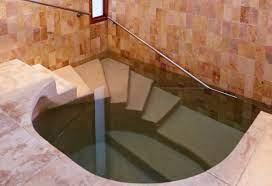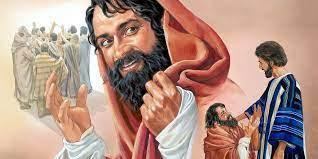Db – Sexual Sin and Covenant Loyalty 18: 1-30
Sexual Sin and Covenant Loyalty
18: 1-30

The righteous must be vigilant in maintaining their allegiance to ADONAI Elohim because the wickedness of this world provides an overwhelmingly powerful threat. What is truly amazing is that although the moral impurity of this world is perverse and detestable by any simple standard, the more it is tolerated the more acceptable and appealing it becomes. This is more obvious today than ever before. When Isra’el entered the land of Canaan, they found a people whose ways and beliefs were deplorable; but it was not too long before those ways became their ways, and those beliefs became their beliefs. YHVH judged them for this toleration and assimilation.
So this section of the book moves immediately to warn the righteous of the TaNaKh about the abominations of the world and their consequences. The chapter provides a blunt and disturbing picture of the degrading Canaanite civilization; its emphasis is on sexual practices that should be avoided by those who believe in the holy LORD God. Its literary form is now that of a speech, a message, rather than straightforward legal instructions. The chapter has a dual purpose: to warn Isra’el not to practice the abominations of the Egyptians and the Canaanites, and to warn Isra’el that indulging in such wickedness would prompt Ha’Shem to expel them from the Land as well.
It was not merely good advice that was being offered to Isra’el here – it was a matter of covenant loyalty. The text of this message follows the pattern of the ancient suzerain-vassal treaties (see the commentary on Deuteronomy, to see link click Ah – Treaty of the Great King). For example, identification of the great sovereign (I am ADONAI your God) occurs three times at the beginning (18:2, 4 and 5) and once at the end (18:30), forming a book end effect that is reinforced elsewhere by I am ADONAI (18:6 and 21). Following the preamble (18:1-2), the historical prologue (18:3), general stipulations (18:4), and blessings (18:5), the main thrust of the chapter is a lengthy list of detailed statutes (Hebrew: hachukkim, meaning to write into law permanently) and ordinances (Hebrew: hammishpatim, meaning a judgment of the court) about abstaining from the abhorrent sexual acts and the curses resulting from their violation (18:6-23). Finally, there was the call of witnesses (18:24-30). So, these mitzvot forced the Israelites to choose between the covenant and sexual sin.
Several important theological motifs come to the fore in Leviticus 18. At the outset we have the emphasis on obedience to the will of God. The prospect of a long, productive life is held out to those who live in harmony with the perfect will of ADONAI. This means, of course, that they did not live according to pagan abominations. So, at the center of this chapter is the contrast between holiness and sexual violations. Sexual intimacy is part of the institution ordained by YHVH at creation; any acts that cross the sexual barriers not only desecrate what is holy, but also bring chaos and confusion into human relationships.
Judgment, therefore, is also an important motif here. Those who violate Ha’Shem’s will and distort His plan for sexual intimacy forfeit their right to live and flourish in the Land. Although they attempt to conceal their sexual perversion in religious activity or with theological rationalization, they cannot escape the simple fact that they sought to nullify the LORD’s plan. The chapter underscores this divine mitzvah, and those who willfully rebel against it actually condemned themselves.300
The basic principles of the Ten Commandments (see the commentary on the Deuteronomy Bk – The Ten Words) are incorporated into Chapters 18 through 20, though not in the same order and not always with the same emphasis.
The Ten Commandments Leviticus
1-2 No other gods 18:2 and 19:4
3 Misuse the Name 19:12
4 Observe Shabbat 19:3b
5 Honor father/mother 19:3a
6 Do not murder 19:16b
7 No adultery 18:20 and 20:10
8 Do not steal 19:11a
9 No false witness 19:16a
10 Do not covet 19:18



